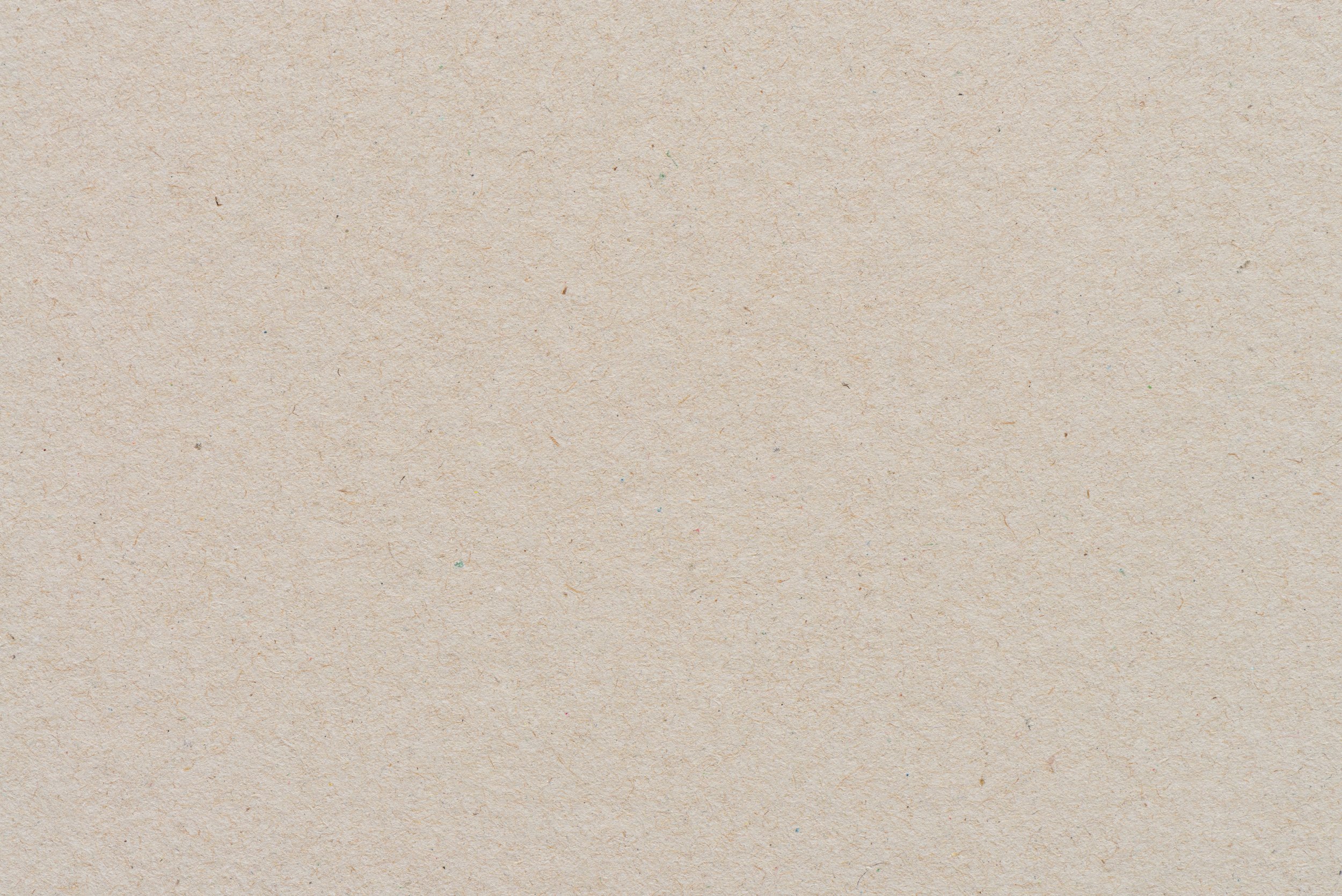
I Can Eat Yellow
LESSON 4
Children explore a variety of yellow fruits and vegetables using their 5 senses, then create a collage using yellow painted paper.
Prepare a variety of yellow fruits and vegetables to observe and taste (e.g. bananas, lemons, pineapples, yellow bell pepper, yellow squash, yellow beets, gold potatoes).
Plates
Paper or chalkboard to record child’s observations and comments.
Cardstock paper
The yellow painted paper from lesson one.
Materials
Gather materials.
Wash and prepare the food beforehand.
Preparations
Facilitate the exploration of yellow foods.
Guide children in using their senses to describe the characteristics of yellow foods.
Assist children in cutting out yellow fruits and vegetables.
Lead a discussion about the health benefits of eating yellow fruits and vegetables.
Provide guidance and supervision during the preparation of a snack or meal using yellow foods.
Objectives for Teachers
Children identify different types of yellow fruits and vegetables.
Children explore yellow foods using their senses of touch, smell, and taste.
Children describe the texture, flavor, and aroma of each yellow food.
Children participate in cutting out yellow fruits and vegetables and glue them onto paper.
Children learn about the health benefits of eating yellow fruits and vegetables.
Objectives for Children

Collect and Connect
Rainbow Stew Activity
Watch the video here and sing along with your own fruits and vegetables if you made some.
Rainbow Stew Song
Take a lemon
Put it in the pot
Stir it, stir it, stir it a lot.
Take it out. What will it be?
The prettiest yellow you ever did see.
(continue with foods of choice)

Activity Flow
Begin by displaying the prepared fruits and vegetables and ask them to name the different types of yellow foods they see.
Invite the children to explore the yellow foods by touching, smelling, and tasting them. Encourage the children to use their senses to describe the texture, flavor, and aroma of each food. Write down the words they use to describe each fruit and vegetable they try.
Ask your child to share what foods were their favorite and why, as well as their least favorites and why.
Next, cut out yellow fruits and vegetables from the yellow painted paper created in lesson one, and glue them onto a piece of cardstock paper. If your child isn't able to cut yet, you can do the cutting, and they can assist in gluing the shapes onto the paper.
While you are cutting and gluing, discuss the health benefits of eating yellow fruits and vegetables.
Keep our skin, eyes, and immune system strong and healthy! Yellow fruits and vegetables are a great source of vitamins A, C, and E, which are essential for maintaining healthy skin, eyes, and immune system.
They help our tummies feel good! Yellow fruits and vegetables are rich in fiber, which helps promote healthy digestion.
They help our hearts! Consuming yellow fruits and vegetables is associated with a reduced risk of chronic diseases such as heart disease, stroke, and certain types of cancer.
It gives us energy! Yellow fruits and vegetables are rich in carbohydrates and natural sugars which can provide a quick and sustained source of energy.
6. Write down the words they used to describe the fruit or vegetable next to it or on the back of the paper.
Extension activity: Prepare a snack using yellow fruits or vegetables with your child. Here is a link with recipes and ideas.


